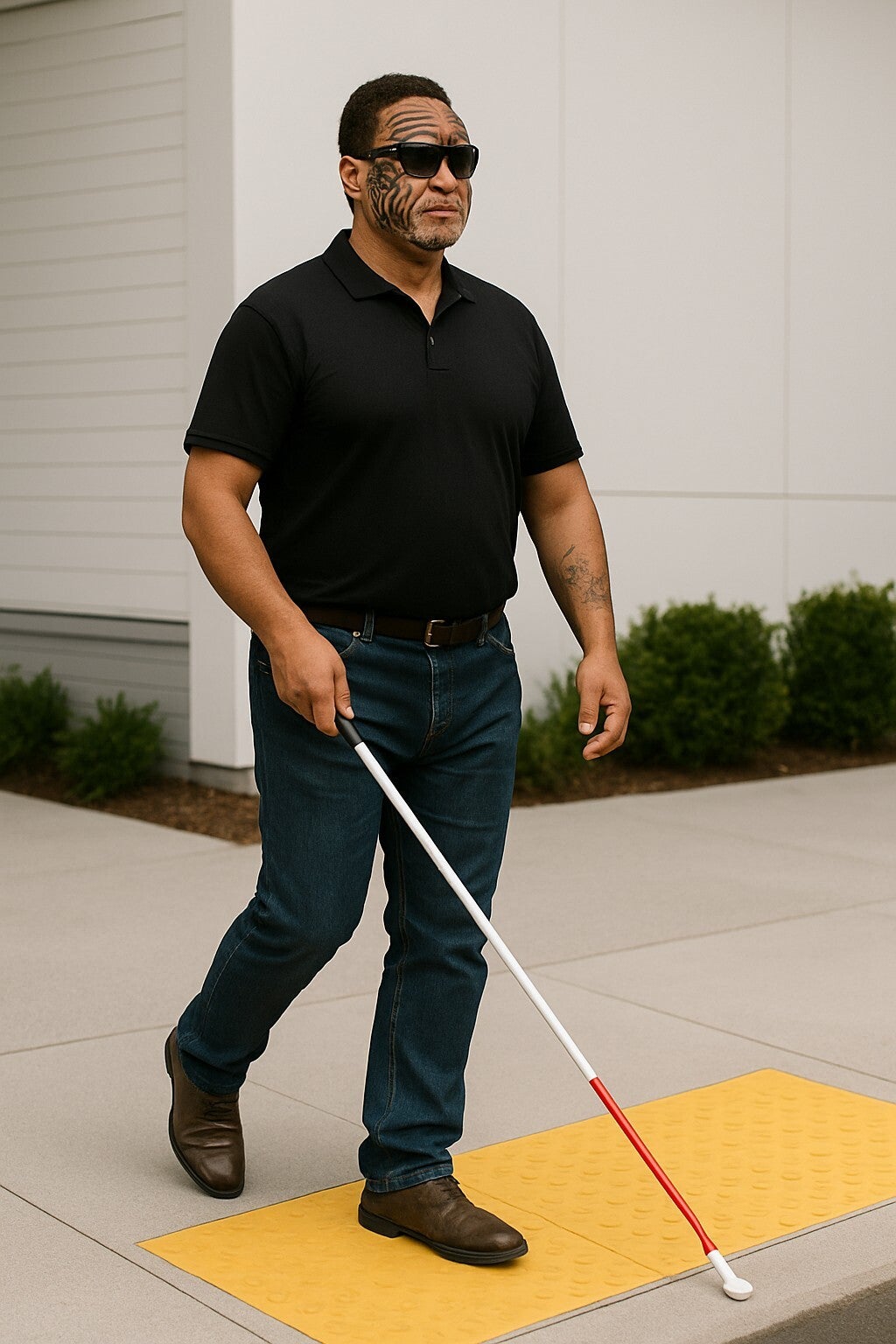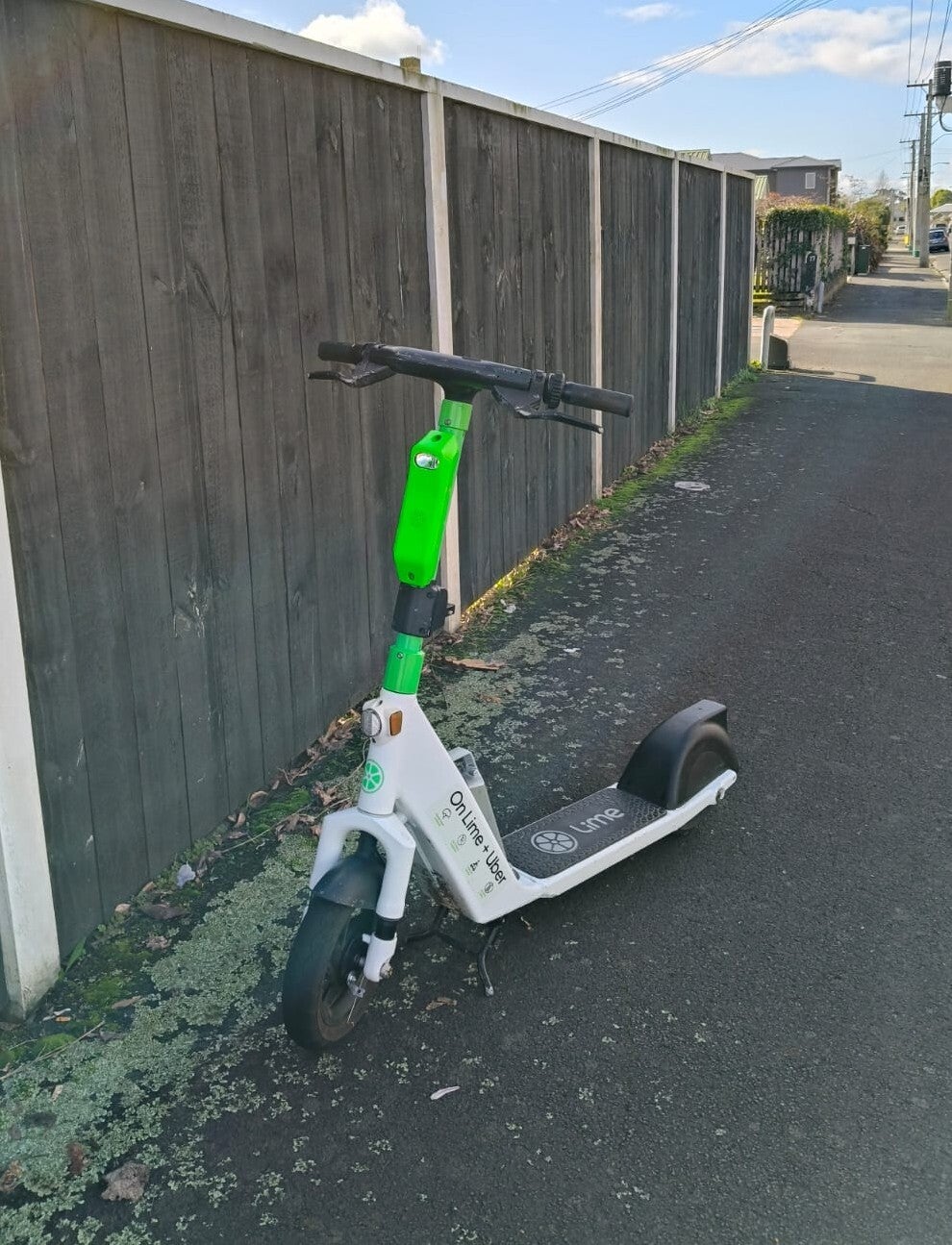Recycle Cycle Lanes
Vision: As Hamilton’s next Mayor, I’ll deliver a safety-first walkway plan prioritizing seniors, disabled residents, blind pedestrians, and families with prams, not over wasteful spending on empty cycle lanes. Hamilton has spent millions of Dollars on lanes that collect leaves and gravel, used by just 2% of commuters, while footpaths remain unsafe for mobility scooters, walkers, twin prams, and the visually impaired. My plan ensures safe, accessible streets for all, driven by data, not hype.

Safety for Seniors, Disabled, and Families
Seniors, disabled residents, blind pedestrians, and parents with NZ’s popular twin prams, deserve safe footpaths free from speeding e-scooters and e-bikes. I’ll redirect funds from the budget to widen footpaths in Frankton, Chartwell, and the CBD, adding ramps for scooters and prams. Install tactile paving; textured tiles that guide blind pedestrians at crossings and ramps by foot or cane. Aggressively address reckless riders on pedestrian walkways to slow them down. Install convex mirrors at blind-spot driveways to prevent collisions between e-scooters speeding past and cars. Audible signals at key crossings will support the blind.
Tactile paving is a system of textured ground surface indicators designed to assist visually impaired individuals in navigating public spaces safely. Mostly made from, rubber, or metal, these raised patterns, such as truncated domes or bars, provide tactile feedback underfoot, guiding users to pedestrian crossings, stairs, or hazards. Introduced in Japan in the 1960s by Seiichi Miyake, the concept has since been adopted worldwide, enhancing accessibility in urban environments. The distinct textures help convey information about direction and potential obstacles, promoting independence and safety for those with visual impairments.
Protecting Pedestrians
Footpaths are for walking, not dodging e-scooters or bikes. I will launch a “Pedestrians First” campaign that will educate riders to stay off footpaths, backed by signage and patrols. Raised crossings near schools and senior centres to protect families and seniors from e-scooters speeding past driveways.


Regulating E-Bikes and E-Scooters
E-bikes, like bicycles, are great for students and retirees, but e-scooters often cause chaos. I’ll introduce geofencing to cap e-vehicle speeds at 15 km/h on shared paths and restrict them to cycleways, not pedestrian zones. Geofencing uses GPS to slow or disable e-bikes and e-scooters in busy areas like the CBD or Hamilton Lake. I will redirect funds out of the budget to widen cycle lanes (e.g., University to CBD) for e-bikes, and require parental supervision for e-scooter riders under 16.
Smarter Cycling Investments
Cycle lanes on narrow roads like Anglesea Street disrupt traffic and collect debris, serving few cyclists. Trails like Te Awa River Ride draw thousands of families and e-bike users. I’ll redirect funds out of the budget to expand and maintain high-use trails, which will include sweepers to clean lanes. Cycle counters will ensure spending matches real usage.


Preserving Cars and Bus Lanes
Cars (90% of trips) and buses (10%) need clear roads. I’ll halt cycle lanes on narrow streets, protecting bus lanes and drivers. Parking revenue ($1–2 million annually) may be applied to fund safety upgrades, keeping rates low.
Demanding Real Data
Cycling groups claim cycle lanes return 10–25 times their cost, but with only 2% of Hamiltonians cycling to work, those benefits don’t add up. I’ll demand a Hamilton-specific study to measure real usage and benefits, stopping millions wasted on empty lanes, while footpaths stay unsafe. I will put you first and not pressure groups.

